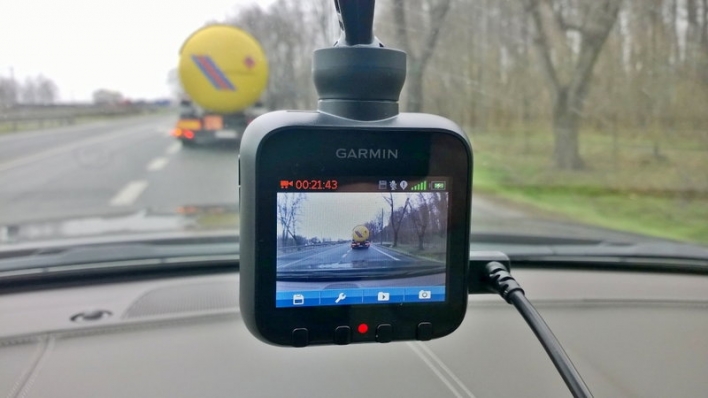
30, 2019.Garmin also baked a lot of safety tech into the DriveCam 76, including lane departure warnings, forward collision warning and reminders about school zone speed limits, upcoming sharp curves, red light cameras, weather alerts and speed limit cameras. It was updated with new information and an interview with Dr. The CDC also recommends that people wear a hat, scarf or face mask that covers the face and mouth, a water-resistant coat, mittens or gloves, and water-resistant boots.Įditor's note: A version of this article was published on Jan. In addition, Glatter recommended that people wear thick, insulated boots, since the feet and toes are at high risker risk for frostbite. Glatter recommended that people wear at least three layers - a wicking layer that wicks moisture away from the skin, an insulating layer and a protective outer layer to protect against the wind and other elements. Still, you need to be properly dressed to weather the cold conditions. People climb mountains, trek in the Arctic and swim the English Channel, which has very low water temperatures. Despite these risks, "human beings can go out in very extreme cold environments and do very well," Castellani said. For example, if it's 0 F (minus 18 C) with a wind chill of minus 19 F (minus 28 C), you could be frostbitten in 30 minutes but if it's minus 15 F (minus 26 C) with a wind chill of minus 55 (minus 48 C), you could get frostbite in as few as 5 minutes, according to the National Weather Service.

How long it takes you to develop frostbite will depend on the conditions. Since frostbite is brought on by freezing, you can't get frostbite if the air temperature is above 32 F (0 C). Even though your feet are usually protected by shoes, toe temperatures can get very low, and if you sweat, the wetness will draw even more heat out of the area. Your fingers and toes are more prone to frostbite, because those areas will have reduced blood flow in cold temperatures, as your body tries to keep its core warm. "It takes a lot to drop the core body temperature down, but it doesn't take as much to drive the peripheral temperatures down," Castellani said. Frostbite dangerĪlthough extreme conditions are often needed to induce hypothermia in a healthy person, frostbite is more common in less severe weather. The second response from your body is shivering, which produces heat and helps raise body temperature. This process is called vasoconstriction, and it helps limit the amount of heat you lose to the environment, Castellani said.
#Garmin dash cam 20 freezes skin#
Yet people's bodies are pretty hardy in the cold, as we have two built-in mechanisms to protect us from frigid conditions.Īs soon as that bitter air hits your face, your body will try to insulate itself by moving blood away from the skin and outer extremities, such as fingers and toes, and toward its core.

Left untreated, hypothermia can lead to complete failure of the heart, and eventually death, according to the Mayo Clinic. The record for the lowest body temperature at which an adult has been known to survive is 56.7 F (13.7 C), which occurred after the person was submerged in cold, icy water for quite some time, according to John Castellani, of the USARIEM, who also spoke with Live Science in 2010. Below 70 F (21 C), you are said to have profound hypothermia and death can occur, Sawka said.At 82 F (28 C) you can lose consciousness.At 91 F (33 C), you can experience amnesia.After that, "as you start dropping, bad things happen," Sawka said. Symptoms of mild hypothermia, such as shivering, weakness and confusion, set in when core body temperature reaches about 95 F. In addition, older people are more likely to take medications such as beta blockers that can slow heart rate, which further increases their risk of developing hypothermia in the cold. The very young and the very old are at greater risk for hypothermia because they generally have weaker heart muscles, he said. Improper functioning of the heart results in reduced blood flow to many organs, putting the body in a state of shock and increasing the risk of conditions like liver failure and kidney failure, Glatter told Live Science. At minus 40 to minus 50 F (minus 40 to minus 45 C), hypothermia can set in in just 5 to 7 minutes, he said.Ī drop in body temperature prevents critical organs from working properly - including the brain and heart, according to the Mayo Clinic. Robert Glatter, an emergency physician at Lenox Hill Hospital in New York City.Īt minus 30 F (minus 34 C), an otherwise healthy person who isn't properly dressed for the cold could experience hypothermia in as little as 10 minutes, Glatter said.

Temperatures that are subzero, however, are "a whole different animal," said Dr.


 0 kommentar(er)
0 kommentar(er)
